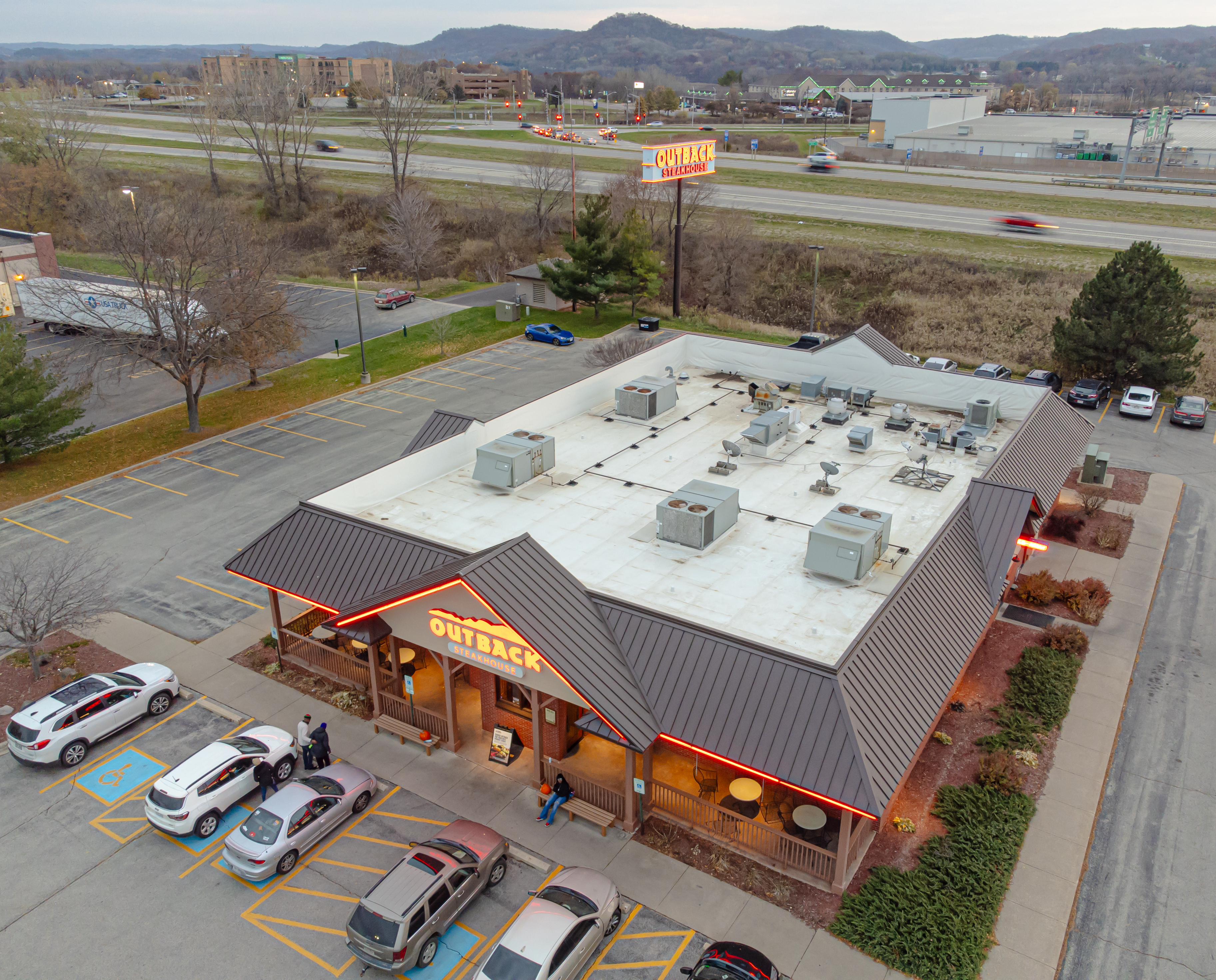
Here’s some exciting news from the casual dining world. Let’s talk about what affordable steaks Americans are gravitating towards right now.
For years, Outback Steakhouse has been the trendsetter and the definition of casual steakhouse style. But now, things are changing. Recent customer data and sales look very different.
It may come as a surprise to you that the steakhouse giants you knew as a kid are no longer the bosses. We’ll break down the secrets and see which restaurants have emerged to take these top spots. Discover why there’s such a huge shift in customer tastes.

It turns out that Texas Roadhouse and LongHorn are now the most popular casual steakhouse chains. They have surpassed Outback Steakhouse in the choice of Americans. This change is no small matter. Sales of other chains are climbing, while Outback is currently struggling.
Texas Roadhouse and LongHorn have both outperformed Outback in terms of sales over the past year. This pattern is also reflected in their stock prices, which clearly shows where people are spending their steak money. The data shows that the market dynamics have changed dramatically. The fact that these two chains have surpassed the previous leaders shows that their food and programs are more effective now.
In addition to declining sales, Outback’s financial performance has also declined. Specifically, its parent company, Bloomin’ Brands, has been hit. The company’s stock price has fallen sharply over the past year, down more than 70%. Currently, the company’s stock price is about $8 per share. This is in stark contrast to the stock price performance of its rival parent companies.
Meanwhile, Texas Roadhouse’s stock price has risen by about 15%. And Darden, which owns LongHorn, has risen by about 25%. This difference in stock price performance reflects the market’s perception, and it highlights the current development path of these competing steakhouse chains.
Read more about: Texas Roadhouse vs LongHorn Steakhouse: A Sizzling Steak Showdown

Inflation plays a big role in where Americans now choose to eat out. This has led to a clear trend of Americans abandoning casual dining chains that are considered to be poor value for money. Outback Steakhouse and TGI Fridays are two of those chains that have seen their customer ratings drop as a result.
Instead, customer preferences have shifted to restaurants like Texas Roadhouse, LongHorn, and Chili’s. Diners feel that these restaurants offer them better prices. You’ll feel like you’re getting your money’s worth when you dine there.
Fall is a big year for Outback, where they pioneered the casual steakhouse concept. The chain took off quickly back in 1988 and built quite a reputation for their offerings. In the 1990s and 2000s, customers loved Outback. Their cheap, juicy sirloin steaks were popular, as were their deep-fried onion florets. Outback’s approach really set the bar at the time.
This history shows a huge change in market dynamics. Outback is more than just a steakhouse. It defined the chain in this niche long ago. With their concept, they gained huge popularity and success.

So, you might ask, what happened to Outback? This turnaround was not just about competitors doing well, but also about mistakes by the original leaders. Specific issues included Outback raising prices too much, relying too much on restaurant promotions, and perhaps cutting costs too much. These choices seem to have produced poor results.
In contrast, competitors did implement plans that were more favorable to them. These strategic differences are obvious. Especially in terms of pricing and business methods. They seem to have tipped the balance of power in the “restaurant steak wars.”
It’s more expensive to dine at Outback now. Last year, the average cost per person at Outback was $29. If you compare that number to Texas Roadhouse and LongHorn, you can see that the price difference affects the customer’s perceived value.
Specifically, the average cost per person at Outback is $6 more than at Roadhouse and $2.50 more than at LongHorn. For budget-conscious diners, this cost difference per visit is important, especially in today’s economy, when getting the best value for your money is crucial.

Texas Roadhouse’s pricing approach seems to work very well. It effectively appeals to a specific market segment. Most food items are kept low, appealing directly to price-sensitive diners. This approach has allowed Texas Roadhouse to win over budget customers. These are people who may have been to Outback before. While Outback uses more one-off promotions, Texas Roadhouse keeps prices low with every visit.
This focus on value has become its main differentiator. It is achieved through competitive pricing on the core menu. It offers a stable and predictable value proposition. This resonates strongly with diners who are looking for affordability but don’t want to give up their favorite dishes.

Value is still important here, but LongHorn is committed to providing better quality food. They are winning over diners by increasing the size of their steaks. This strategy really improves the perceived value for customers. You get more meat for about the same or slightly less than the Outback price. It attracts diners who want a big, hearty meal, and LongHorn combines value with size.
So that is the story for now. The steakhouse wars are not over yet though. Roadhouse and LongHorn pulled ahead you see. But Outback is not give up yet. New leaders plan simplify and invest money now. Learn from others success and mistakes too. Outback hopes get its place back in America’s hearts and stomachs.
Related posts:
Multiple Chicago steakhouses named to recent list of best in the world
2 Dallas restaurants make World’s 101 Best list
Outback is no longer America’s king of steaks




